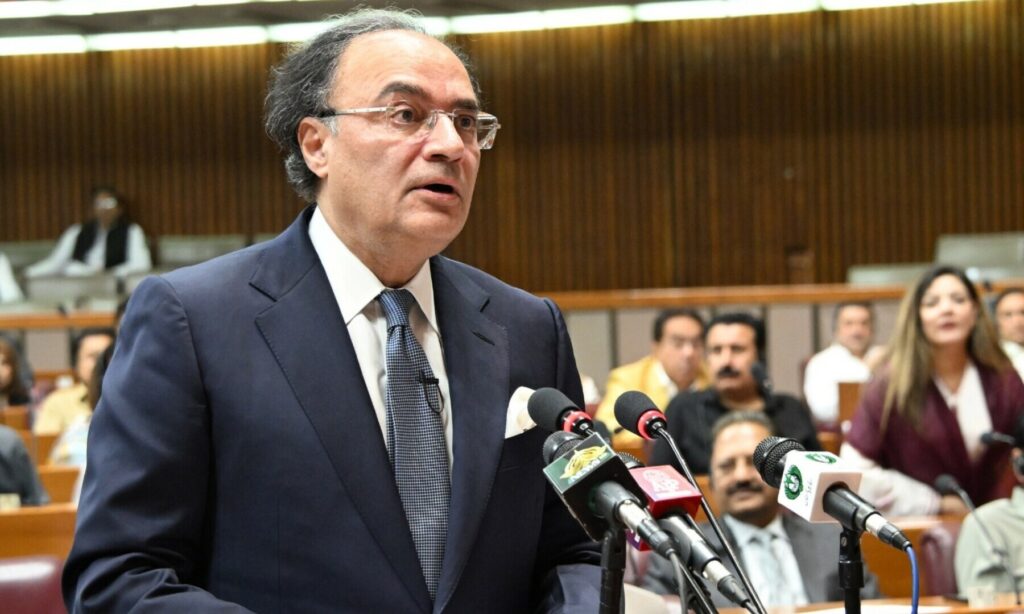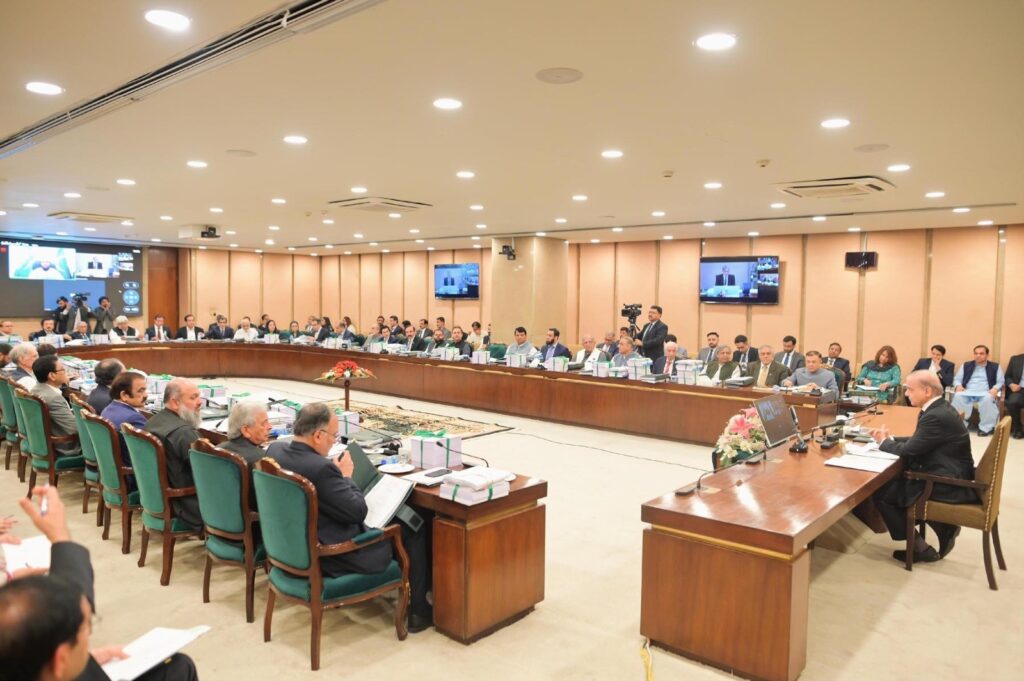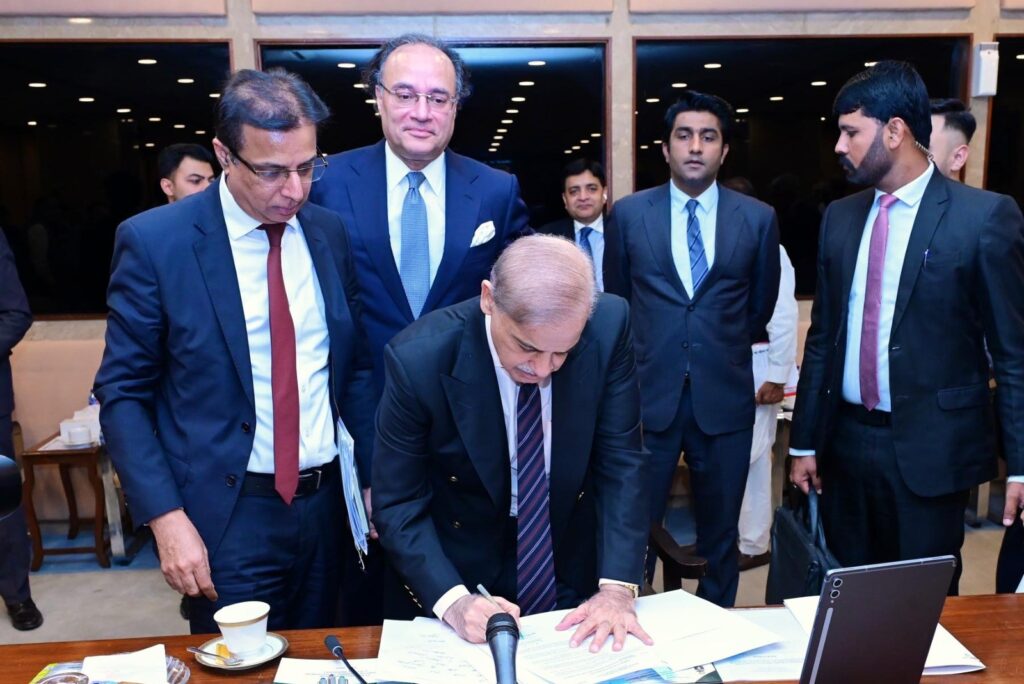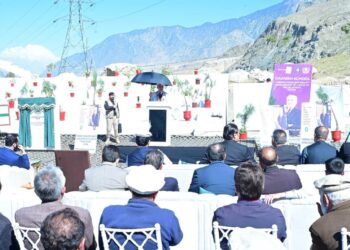One of the key relief measures introduced in the
budget is a 10% increase in salaries and pensions
for federal government employees and retirees
Web Desk

Islamabad: Finance Minister Muhammad Aurangzeb on Monday unveiled a Rs17.68 trillion federal budget for the fiscal year 2025–26, introducing a range of fiscal measures aimed at stabilizing the economy, fulfilling International Monetary Fund (IMF) benchmarks, and providing modest relief to government employees and the salaried class.
The budget outlines a fiscal deficit target of 6.9% of GDP and sets the GDP growth projection at 3.6% for the upcoming year, with inflation expected to decline to 12%. It is being viewed as a “stabilization budget,” with key structural reforms introduced to broaden the tax base, boost documentation, and attract foreign investment, while fulfilling conditions required for a new IMF loan program.
10% Salary and Pension Increase Announced
One of the key relief measures introduced in the budget is a 10% increase in salaries and pensions for federal government employees and retirees. This decision comes amid rising inflation and cost of living, and is expected to benefit millions of citizens working in public service or relying on government pensions.
The finance minister stated that the raise was aimed at “maintaining purchasing power and boosting morale” of federal employees while ensuring fiscal responsibility.

Tax Relief Measures for Salaried Class
In a significant move, Aurangzeb announced revised income tax slabs for salaried individuals to ease their financial burden:
- Annual income between Rs600,000 to Rs1.2 million will be taxed at 2.5%
- Income between Rs1.2 million to Rs2.5 million will be taxed at 11%
- Income between Rs2.5 million to Rs3.2 million will be taxed at 23%
He said these revised slabs were intended to “balance inflation with take-home income”, acknowledging the financial stress faced by middle-class professionals.
Major Allocations and Spending Plans
The total expenditure for FY2025–26 is estimated at Rs17.68 trillion, with the following major allocations:
- Rs2.12 trillion earmarked for defence
- Rs9.77 trillion allocated for interest payments on debt
- Rs1.36 trillion reserved for the Public Sector Development Programme (PSDP)
- Rs1.01 trillion allocated for subsidies, mainly in energy and agriculture
- Rs1.4 trillion set aside for pensions and salaries
Aurangzeb emphasized the government’s commitment to fiscal consolidation, saying that development funds will be utilized efficiently to ensure inclusive growth, social protection, and climate resilience.
Revenue Targets and FBR Reforms
The government has set an ambitious Federal Board of Revenue (FBR) tax collection target of Rs12.97 trillion, which includes new measures to bring untaxed sectors into the net, increase GST on luxury items, and leverage technology for better compliance.
The finance minister said the government would not introduce any new withholding taxes on salaried persons or impose a flood levy, countering widespread speculation.

Boosting Exports and IT Sector
The budget outlines several incentives to boost exports and support the IT industry, including zero-rating of certain services, tax exemptions for freelancers earning under $24,000 annually, and plans to increase software exports to $3.5 billion by next year.
A new Special Investment Facilitation Council (SIFC) has also been empowered to attract foreign investment in sectors like agriculture, minerals, and energy.
Path to IMF Program
This budget is seen as a critical milestone in Pakistan’s engagement with the IMF. The outlined fiscal reforms are expected to facilitate talks for a new Extended Fund Facility (EFF). The government hopes to finalize the agreement before the end of June.
Aurangzeb said the budget “signals seriousness” and “demonstrates the government’s resolve” to implement tough but necessary reforms.























